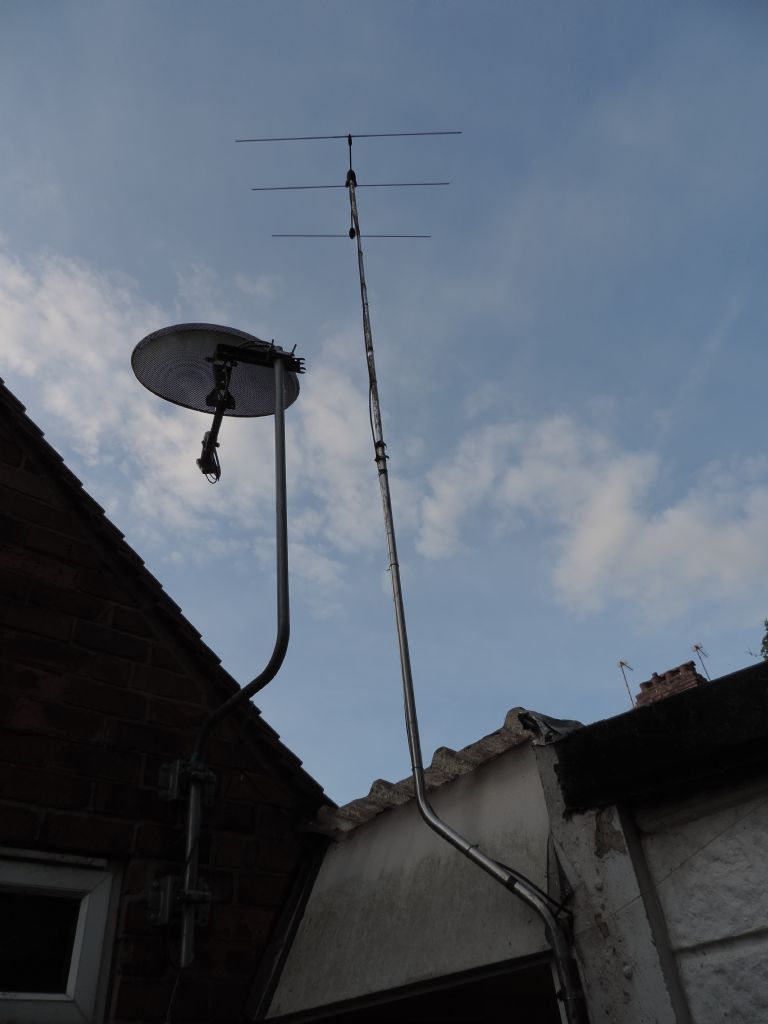Interesting Neil.
From the screen-shot it appears you are working around 143MHz. What signal reflection is there at that frequency and do you know its source?
I have played quite a bit with this in the Amateur 2meter band, and have had many beacon contacts with a friend in Johannesburg (around 1500kn away) and another in Cape Town (around1800km away). We each had a 20watt 144.6MHz beacon and enabled it according to a round-robin roster – each enabled period lasting 24hours, and while one beacon was on, the other two stations listened with a narrowband SSB receiver – the signal was then captured by a sound card and some home-brew PC software, and time, duration, etc logged. Our receivers are very sensitive and narrow band to make the best use of the only 20watts of TX power and available signal to noise ratio.
Singular events – A smallish meteor and its fragments would give a signal lasting anywhere from 1/2 to 1 second while a good meteor shower could result in signals lasting 5 or so seconds, sometimes even longer. Over 5 years we had over 230 detections lasting more than 4 seconds.
A particularly good period was during MAY 2014, when Earth passed through Comet 209P debris – you may have observed interesting 'shooting stars' then? Oft occurring signals lasting up to 7 seconds were detected.
It helps to know of a specific signal location and frequency – to know where to aim the antenna. Also, the 'better' frequency range for detection lies between 30MHz and 100MHz, making commercial FM stations a very good source of signal. I am not sure of the sensitivity and noise figure of the front end of those inexpensive SDR devices, but I imaging it is 'cheap', so signal to noise ratio will suffer greatly. It would help a lot if you could fit a narrow band filter and good RF preamplifier ( 10 to 15db gain, or so) with a low noise figure ( less than 0.8dB is easy to achieve in the commercial FM band), up at the antenna. The filter should be after the preamp, and should be designed for around 5MHz bandwidth, maybe a 8 to 10 pole filter..We used a large strip-line filter, 2MHz bandwidth, with a cutoff of -60dB at 1MHz away from the center frequency..
Also interesting is that during very bright moonlight, the signal to noise ratio worsened,so detections on bright-nights was poorer.
I don't do it any more, as plastic antenna do not work very well, and any metal antenna lasts as long as it takes to put it up here..My PVC coated copper wire HF antenna have to be replaced every other year – the copper simply corrodes up into the sheath and dissolves..
Have fun!
Joe
Edited By Joseph Noci 1 on 18/06/2018 08:06:51
 Neil Wyatt.
Neil Wyatt.






